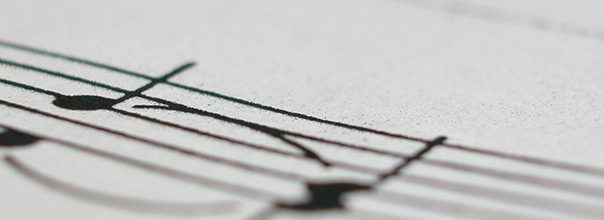
2016 VCE Music Style and Composition Exam Responses Section A Question 1
It is the first year I’ve put my responses up for this subject, and may well not be a regular thing given the insanity of my timetable at this time of year but for your interest, here are my responses to the 2016 exam.
Question 1
https://www.youtube.com/watch?v=EGt000iascg
Excerpt: George Gershwin An American in Paris (1 minute 7 seconds)
(10 Marks)
Discuss how the composer evokes a sense of energy and busyness in this excerpt
The tempo is not actually that fast though seems to be due to short rhythmic values = energetic.
Rhythmic values in the work get a little more complex as the piece progressed which increases the energy. Starts with titi ta motif from strings with long held note in flute which is then interrupted with semiquavers. Use of rhythmic layers – titi ta is heard in the strings. Semiquaver rhythmic figures in the woodwind interrupt and add to the busyness of the work
Use of rhythmic motif in xylophone which uses quavers and semiquavers which get shorter in value near the end of the phrase diminution of values until the rhythm is effectively an ascending glissando. Rise in pitch as well as shorter rhythmic values increase the energy.
The brass enters at a much louder dynamic than strings combined with woodwind. The contrast between legato articulation of the strings and woodwind and staccato, accented notes in the brass increases the energy of the piece. Lower brass has accented crotchets with a booming, rounded tone colour. Trumpets have accented off beat accents which thickens the texture and increases the busyness. Trumpet nasal, sharp tone colour played at high register increases the energy.
Accented ti-ti ta motif with a bright, nasal tone colour
Accelerando near the end of the excerpt increases energy and is enhanced through the change of rhythmic motif from tika-ti to running semiquavers. These are also at higher pitch and louder dynamic which increase the energy of the work. Here roles have changed to a degree with the brass taking the lead in the melody rather than responding to the strings. Given their louder dynamic and brighter, harsher tone colour, this too increases the energy of the excerpt.
Off beat accents from the snare after the brass entry increases energy as does accents from the cymbal in rhythmic unison with the height of each descending sequential melodic unit also increases the thickness of the texture and adds to its energetic nature.
